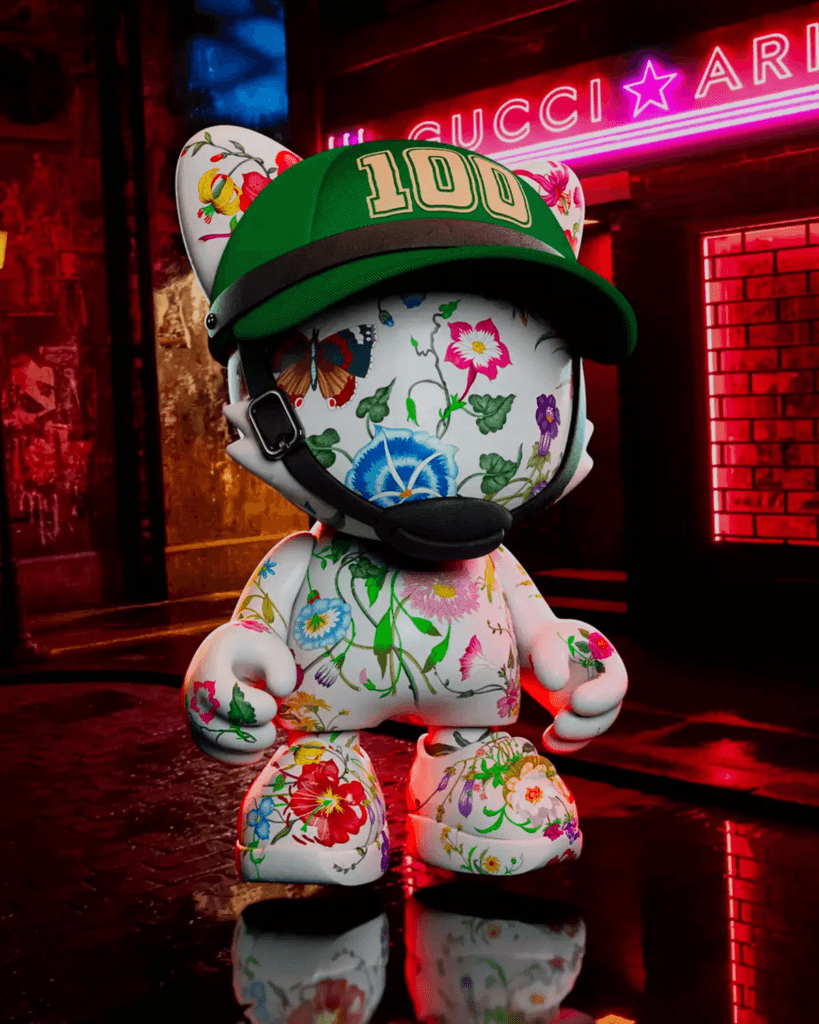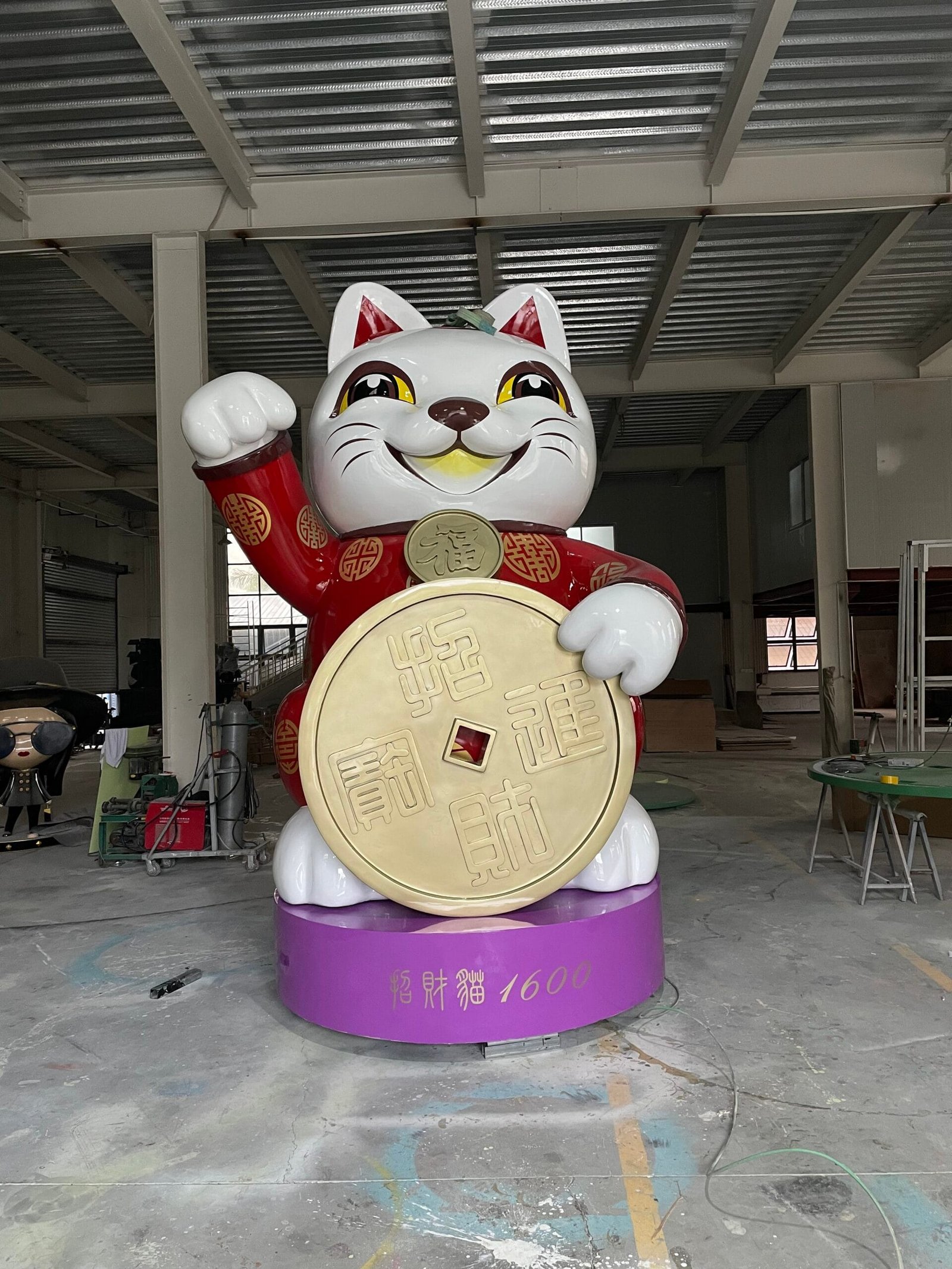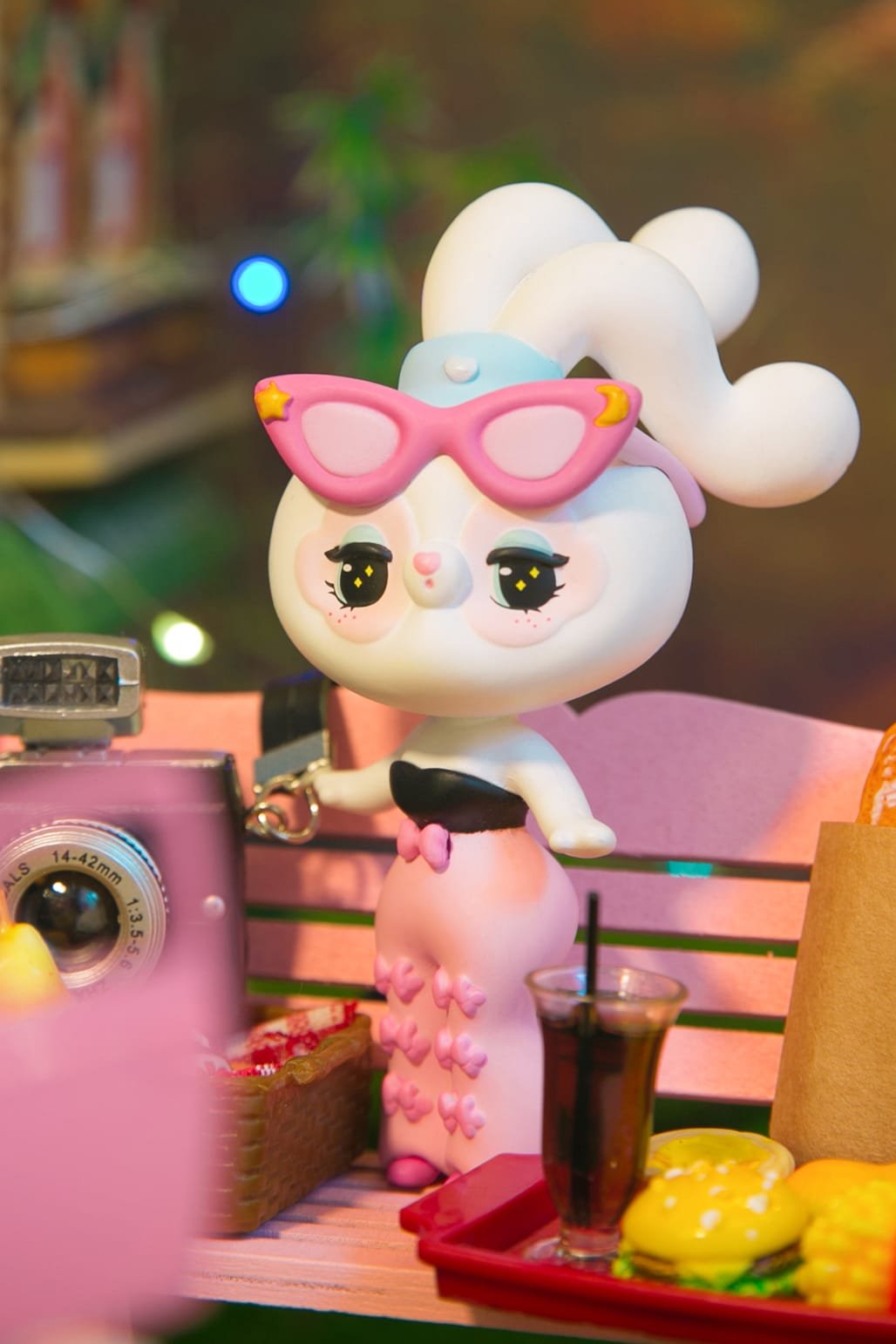Understanding NFTs and Their Relevance to the Creative Industry
NFTs are unique digital assets verified using blockchain technology, which ensures their authenticity, provenance, and ownership. Unlike cryptocurrencies such as Bitcoin, NFTs are non-interchangeable, meaning each token is one-of-a-kind. This uniqueness allows for digital assets—whether artworks, collectibles, or even brand experiences—to be authenticated, bought, and sold with the assurance of exclusivity.
For the creative industry, this represents a significant shift. Artists, brands, and agencies can now monetize digital creations in new ways, turning digital files into verifiable assets. This not only protects intellectual property but also opens up a new marketplace for digital content that was previously difficult to monetize due to its replicable nature.
Opportunities for B2B Businesses to Leverage NFTs
1.Creating Exclusive Digital Assets and Limited Editions
One of the most exciting opportunities NFTs present is the ability for companies to create exclusive, limited-edition digital assets. B2B businesses can collaborate with artists or influencers to release branded digital collectibles, such as limited-edition graphics, animations, or virtual merchandise. This strategy taps into the concept of scarcity, which drives consumer demand and brand loyalty.
For example, fashion and entertainment brands have successfully launched limited-edition NFT campaigns, attracting attention from both consumers and media. By turning branded content into NFTs, companies can create buzz and engage their target audience more effectively.
2.Enhancing Customer Engagement through Virtual Collectibles
NFTs offer a new way to create deeper engagement with customers by gamifying the brand experience. B2B companies can use NFTs as rewards for loyalty programs, exclusive event tickets, or virtual experiences that encourage community participation. For instance, brands can issue NFTs as digital badges for event attendees, turning a simple webinar into an interactive experience that fans can own and trade.
By making digital collectibles part of their strategy, companies can foster a stronger emotional connection with their audience, leading to increased brand loyalty and retention.
3.Driving Innovation in Marketing and Brand Campaigns
Forward-thinking B2B marketers are exploring the use of NFTs to enhance digital marketing campaigns. NFTs can be integrated into campaigns to offer customers unique experiences, such as access to exclusive content, behind-the-scenes footage, or limited-edition digital art related to a product launch.
Additionally, incorporating NFTs into campaigns signals that a brand is innovative and forward-thinking, appealing to tech-savvy clients who value creativity and modern approaches. Brands like Nike and Adidas have successfully experimented with NFTs to engage their fan base, demonstrating how B2B companies can leverage the same strategies to stand out.
4.Unlocking New Revenue Streams with Virtual Goods
NFTs open up new revenue streams by allowing companies to sell virtual goods that align with their brand. Whether it’s virtual fashion, digital artwork, or in-game assets, companies can monetize their digital content in ways that were previously not possible. B2B businesses in sectors like fashion, entertainment, and gaming are already exploring how NFTs can turn digital products into profitable ventures.
The ability to sell branded digital collectibles also allows companies to tap into a growing market of consumers who value digital ownership as much as physical goods. This is particularly attractive to younger, tech-savvy demographics who are comfortable with digital transactions and ownership.
Challenges and Considerations for B2B Companies
While the opportunities are substantial, there are several challenges B2B businesses must consider when adopting NFTs:
- Complexity and User Education: NFTs are still a relatively new concept for many consumers and businesses. For a B2B company to successfully integrate NFTs into its strategy, there needs to be a focus on educating clients and partners about the value and functionality of NFTs. Developing user-friendly platforms and simplifying the onboarding process is key to broader adoption.
- Environmental Concerns: NFTs have faced criticism for their environmental impact, particularly because many are built on energy-intensive blockchains like Ethereum. To mitigate this, businesses need to explore more sustainable blockchain technologies, such as those using proof-of-stake algorithms, or offset their carbon footprint through green initiatives.
- Intellectual Property and Authenticity: As the NFT market grows, so do concerns about copyright infringement and authenticity. B2B companies must ensure that the digital assets they create and sell are protected legally. Verifying the authenticity of NFTs and securing intellectual property rights are critical steps to avoid potential legal issues.
- Market Saturation: With the rapid adoption of NFTs, the market is becoming increasingly crowded. B2B businesses must differentiate themselves to stand out from competitors. Offering unique, high-quality digital assets and focusing on delivering genuine value to clients are essential for maintaining a competitive edge.
Conclusion
The future of NFTs in the creative industry presents exciting opportunities for B2B companies looking to innovate, engage, and monetize their offerings. By leveraging NFTs, businesses can unlock new ways to connect with their audience, create exclusive experiences, and drive brand loyalty. However, to fully capitalize on this technology, companies must navigate challenges related to education, sustainability, and intellectual property.
NFTs are not just a passing trend—they represent a shift in how digital content is created, owned, and valued. For B2B businesses in the creative sector, now is the time to explore how NFTs can become part of their long-term strategy, helping them stay ahead in a rapidly evolving market.




